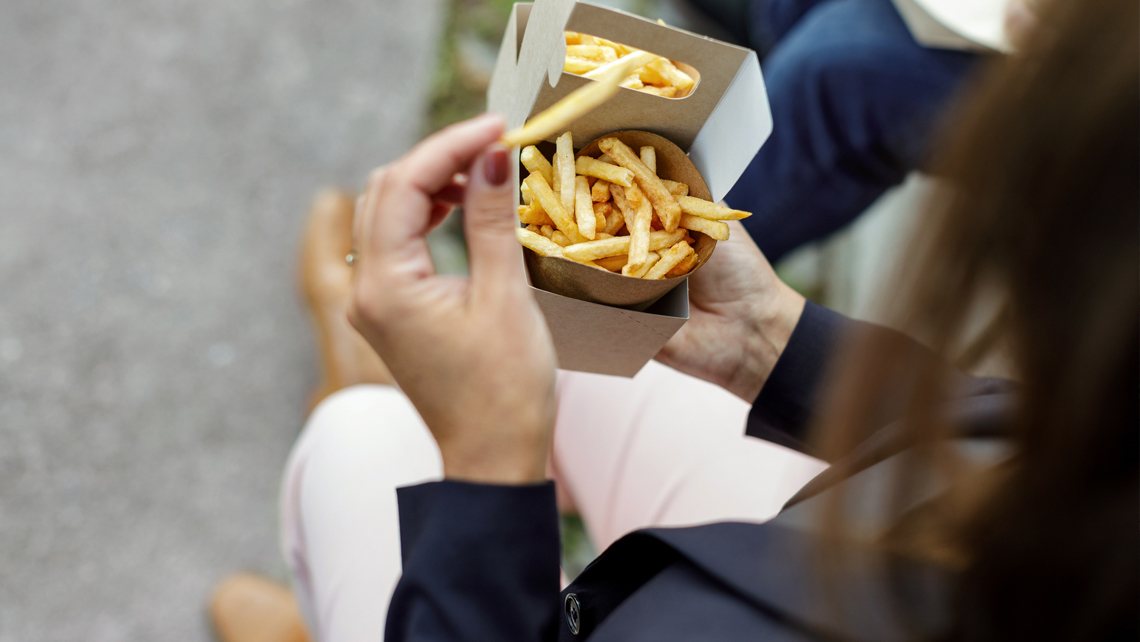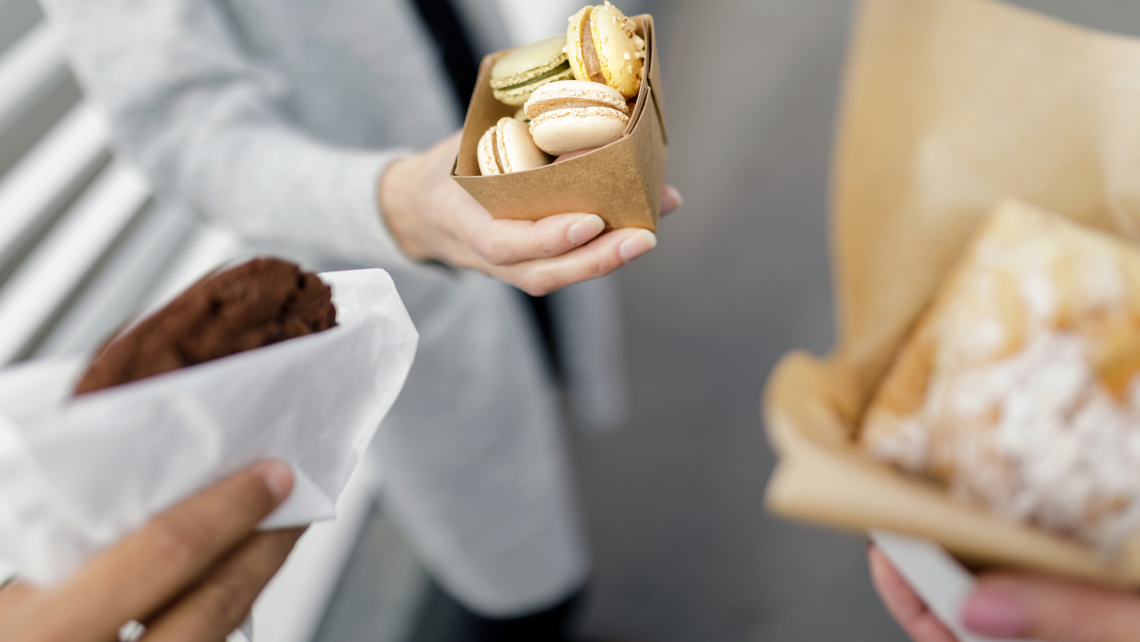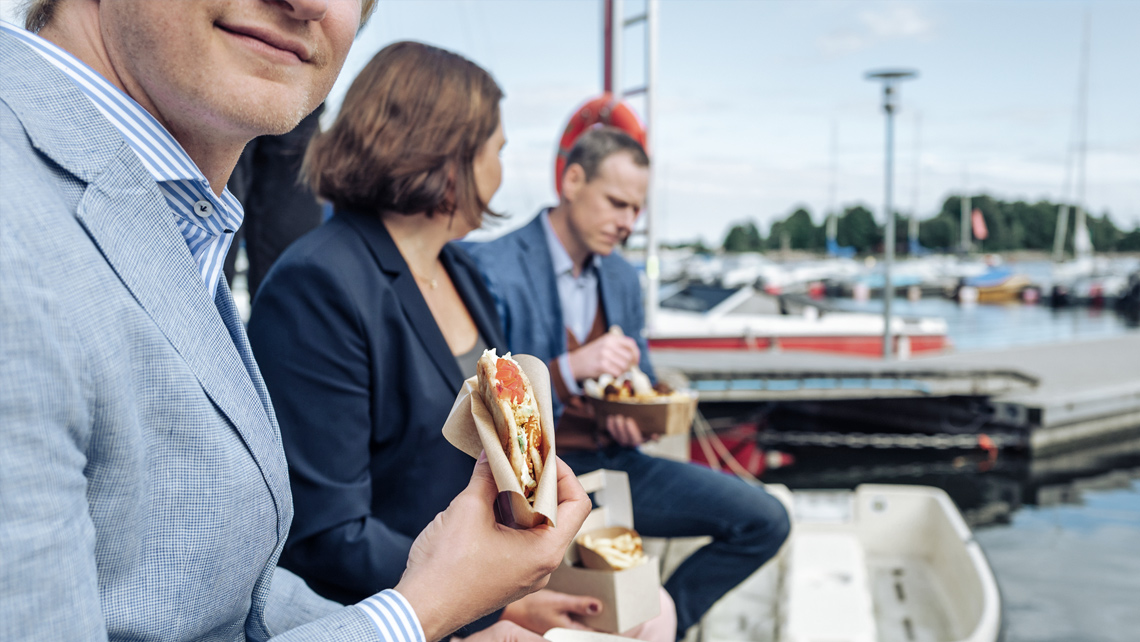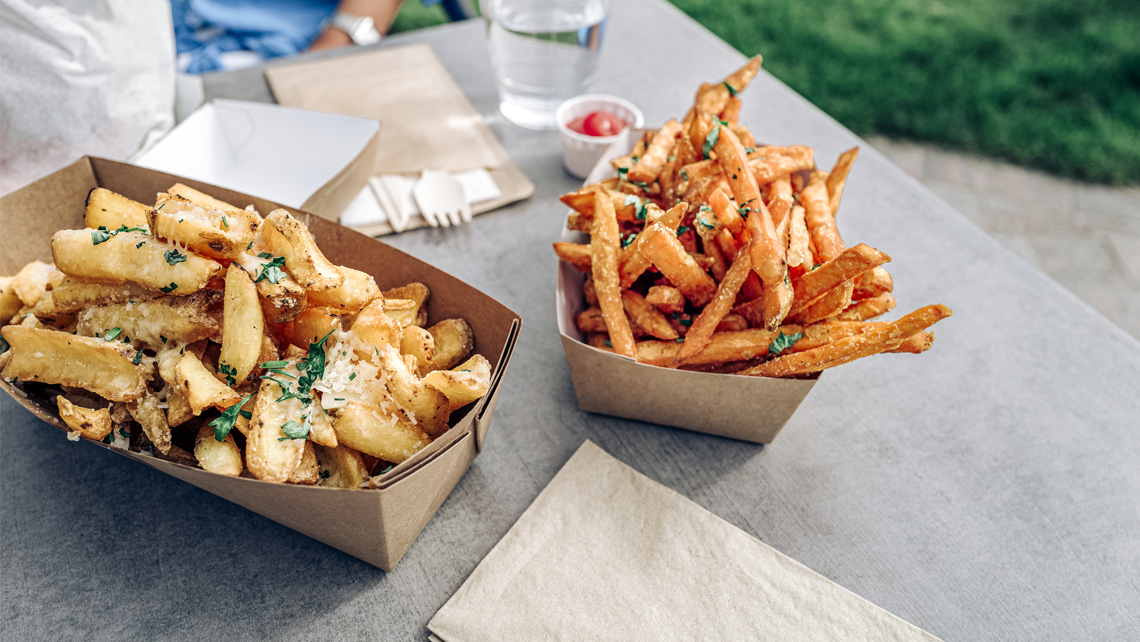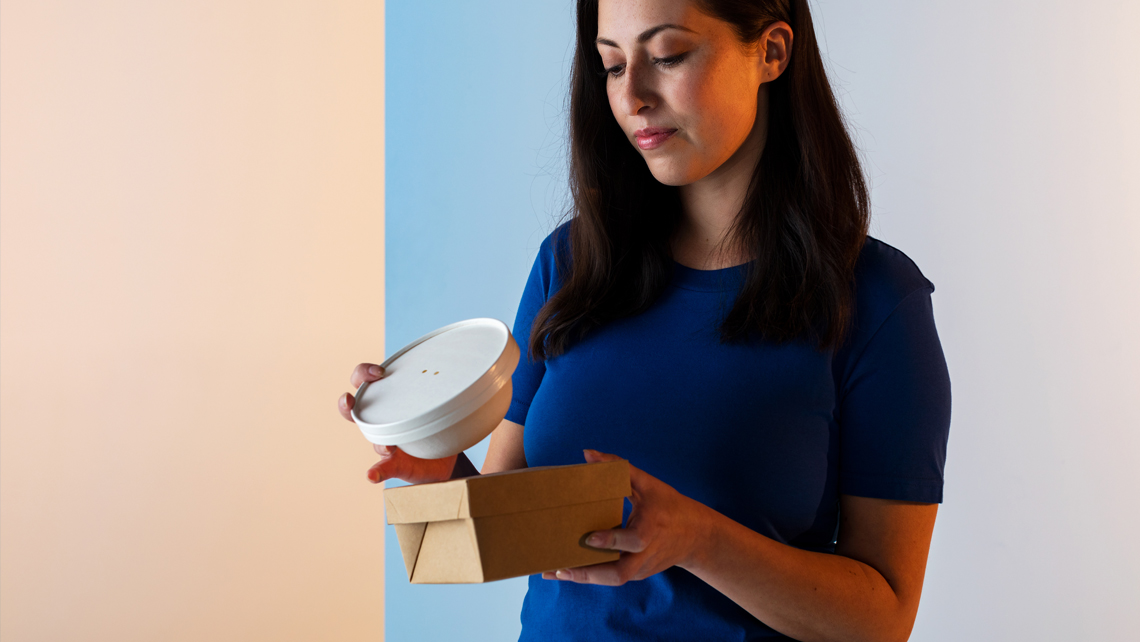Paper and board are renewable packaging materials, but they don’t as such have the needed barrier properties to provide protection against grease, oil, liquid, and other substances. Currently, in many cases, the barrier properties are achieved with extrusion polymers, aluminum, or fluorochemicals. Due to the poor end-product recyclability, regulatory issues, or costs related to these approaches, there’s a pressing need to find new, sustainable and safe barrier solutions for fiber-based food packaging.
“Dispersion barrier coatings are the solution to this demand,” says Sami Puttonen, Senior Manager for Global Sizing and Surface Business Development at Kemira.
He shared his views on the anatomy of sustainable and recyclable food packaging in a recent webinar, introducing Kemira’s FennoGuard portfolio, the new dispersion barrier coatings for paper and board. In case you missed it, you can access the on-demand webinar here.
1. Replace plastics and enable recyclable food packaging
Regulatory action around the world is targeting plastic. Single Use Plastics Directive in EU and China Plastics Ban are among the key initiatives that aim to restrict the use of plastic in commonly used consumer items.
“The regulation around plastic is important for the fiber-based materials manufacturers, as it impacts the whole packaging industry. Brand owners and retail have set ambitious goals, aiming for 100% recyclable, compostable or reusable packaging already in short term.”
Dispersion barrier coating helps to reduce and replace plastic used in food packaging and thus enables the development of recyclable paper or board packaging.
Dispersion barrier coating helps to reduce and replace plastic, e.g. PE extrusion, used in food packaging, and thus enables the development of fully recyclable paper or board packaging. In addition, the key product in Kemira portfolio, FennoGuard GO, has a share of renewable, bio-based raw materials to replace fossil-based chemistries, further lowering the environmental footprint of the packaging material.
“We have conducted a series of compostability tests for our dispersion barrier coating. It’s good to point out that there are differences in the regional compostability schemes, but overall, they all focus on the finished packaging material’s ability to disintegrate and biodegrade fully and on the quality of the resulting compost.”
In addition, paper or board that is treated with FennoGuard breaks down easily in the repulping process at the mill, ensuring material efficiency.
2. Safe alternative to fluorochemicals on food packaging
Another driver for new food packaging barrier solutions is food safety.
“The main function of packaging is to protect the packed food product, so that the food doesn’t get spoiled or damaged e.g. during transport and that the consumers can keep their hands clean from spills. The chemistries used to protect the food inside need also to be safe, and that’s why there are increasing concerns with the use of fluorochemicals,” Puttonen says.
There are increasing concerns with the use of fluorochemicals in food packaging.
Perfluoro and polyfluoro alkyl substances, commonly referred as PFAS, are used to provide grease and moisture resistance for food packaging. These compounds are very persistent both in the environment and in the human body, and various adverse health effects have been reported. In July 2020, Denmark became the first country to ban the use of PFAS in food contact paper and board, and the European Food Safety Authority recently set a strict afety limit for tolerable weekly intake of these substances. In the US, several states have introduced fluorochemicals ban in food packaging and in some states, e.g. the State of New York, the legislation is already adopted.
“The brand owners have taken the initiative to replace PFAS in their food packaging, and even if the change doesn’t happen overnight, there’s an increasing demand for safer alternatives. FennoGuard dispersion barrier coating helps replace fluorochemicals in providing protection against oil and grease in fiber-based packaging.”
3. Cost-efficient production of higher value products
For the paper and board producers, dispersion barrier coating technologies are a possibility to produce higher value products on-site with fewer production steps.
“Dispersion barriers help to improve both the functionality and the sustainability of the fiber-based packaging materials, adding protection against grease and liquid, among other substances. They also provide a functional barrier against mineral oil residual migration, which help protect food in packaging made from recycled fiber.”
The FennoGuard barrier solutions are based on an open formula, which means the formulation barrier properties can be tailored for a specific end-use demand.
“Every paper and board machine and coating line is different from another. The open formulation also gives an opportunity to take these differences into account and develop coating formulation that gives the best performance for each use case and on each machine in question.”
When the final mixing of the formulation is done at the mill site, logistics and extra handling can be minimized. In addition, FennoGuard dispersion barriers have good converting properties with low blocking tendency, ensuring high production efficiency both at the mill and at the packaging converter.
“We work in collaboration with our customers in the packaging value chain to develop new sustainable, safe, and cost-efficient solutions for the current food packaging challenges,” Sami Puttonen states.
Learn more about the benefits of dispersion barrier coating and how to achieve optimized barrier performance. Watch our on-demand webinar on the future of recyclable food packaging.
